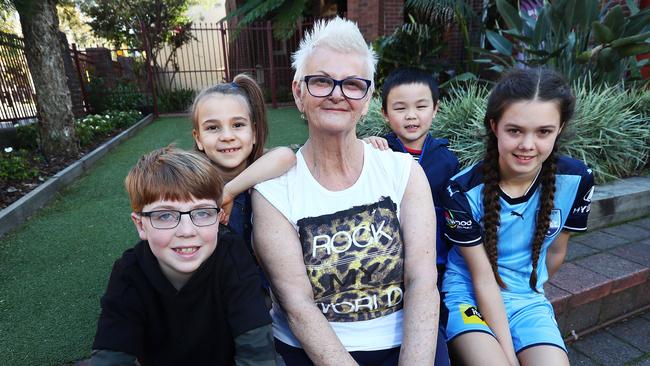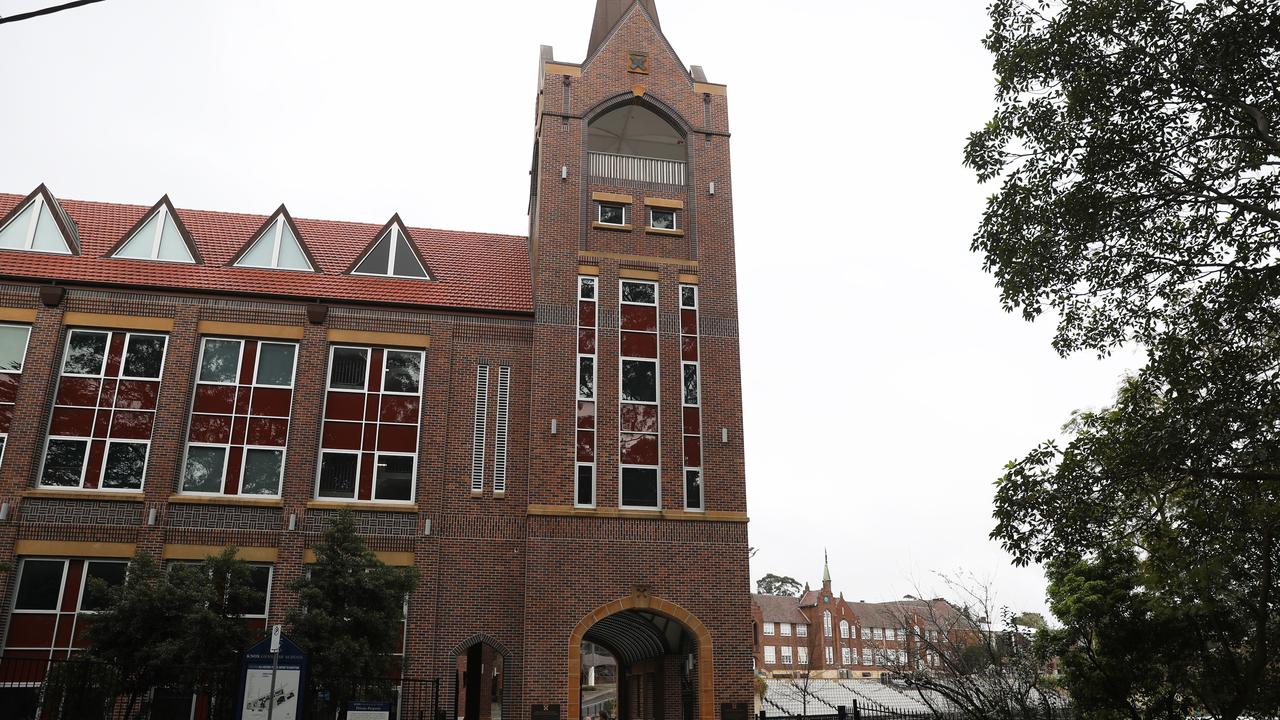Tens of thousands of parents face school fee overhaul
Independent school fees could rise by thousands of dollars a year from 2020 under new funding model.

Parents at hundreds of independent and Catholic schools face major changes to the fees they pay under plans to use confidential family income data to create a new funding model.
The Chaney review into non-government schools’ funding yesterday backed the dumping of the existing socio-economic status score system, confirming that the Catholic sector had been materially disadvantaged by the model currently used.
Education Minister Simon Birmingham said a new system of directly measuring parental income would not be introduced before 2020, meaning the Turnbull government would need to win the next election to have a chance of introducing the overhaul.
The new measure would mean three-quarters of the 2780 non-government schools would have their federal funding allocations altered — and more than 600 schools could be substantially affected. Independent schools are most likely to be the worst affected but it is impossible to say at this early stage by how much because Canberra will probably have to introduce complex transitional funding arrangements. It is conceivable that students at the richest independent schools — such as boarding schools — could be hit with extra fees of thousands of dollars a year from 2020.
There is expected to be a significant windfall for some Catholic schools. The Catholic sector has mounted a sustained campaign over funding cuts unveiled last year, directly lobbying Coalition MPs in 13 marginal seats along the eastern seaboard.
Nearly one in five non-government school is facing major changes to its funding, creating a political dilemma for the government of the day and exposing the Turnbull government to a Labor scare campaign.
The independent review, led by businessman Michael Chaney, recommended that recurrent school funding for independent and Catholic schools be determined on a direct measure of the median income of the parents and guardians of students at a particular school. It would replace the current system whereby schools are funded according to their SES score, which is calculated on the residential addresses of the student population and correlating education, occupation and income data collected by the census. The current SES score maximum is 125.
The Catholic sector’s long-held view that the system is biased has been vindicated, as the report found area-based measures did not always provide the most accurate measure of a school-level SES or the capacity of families to contribute to their children’s education via school fees.
“The data shows that capacity to contribute is not evenly distributed within census statistical areas and that patterns of school selection mean that the current methodology, while accurate in many cases, materially overstates the SES of some schools and understates that of others,” the Chaney report says.
This misclassification has an impact on the funding entitlement level for affected schools.
“The current approach is no longer the most accurate measure available,” it says.
Ruling out the use of tax file numbers, due to privacy, the report recommends annual residential address collection and data-matching with income tax data to enable the calculation of a stable, direct measure of median parent and guardian income for a school.
The report insists that confidentiality issues can be dealt with by not passing on the details to individual schools, containing the information within government.
Senator Birmingham sought to play down the financial impacts of the mooted change, denying that there would be “radical shifts across the board” and instead “incremental shifts in some cases”.
Mr Chaney also adopted a conservative tone within his report, stressing that, in percentage terms, there would be a relatively “small reduction” in funding for the independent sector and a “comparable increase” for the Catholic sector.
About 26 per cent of non-government schools would have no change in score, and therefore funding, and 35 per cent of non-government schools would have a change in score that affects funding of fewer than or equal to three score points. However, about 17 per cent of non-government schools would have a change in score that affects funding of four to five score points, which could significantly alter fees. Another 22 per cent would have their score changed by more than five points, which represents 612 of the 2780 Catholic or independent schools around the country.
One review board member, Australian Catholic University vice-chancellor Greg Craven, distanced himself from Mr Chaney’s recommendations. He said failing to incorporate total school income, including fees, into the new methodology, failed the “pub test”.
The independent schools sector cautiously welcomed the report and its recommendation but warned that it required rigorous testing and validation before it could be implemented.
Catholic Education Commission of Victoria executive director Stephen Elder said the Chaney report vindicated his opposition to the Turnbull government’s school funding policies, and its defence of low fee schools. Catholic Schools NSW welcomed the report.
According to its analysis, there are 63 low-fee, suburban and regional Catholic schools in NSW and the ACT that have a higher SES score than the exclusive The King’s School, meaning they attract less base funding per student. The Parramatta school, which charges fees in excess of $35,000 for Year 12 students, has an SES score of 116. St Mary’s Catholic Primary School, in Erskinville in Sydney’s inner west, has an SES score of 120, despite it having double the proportion of disadvantaged students of The King’s School.



